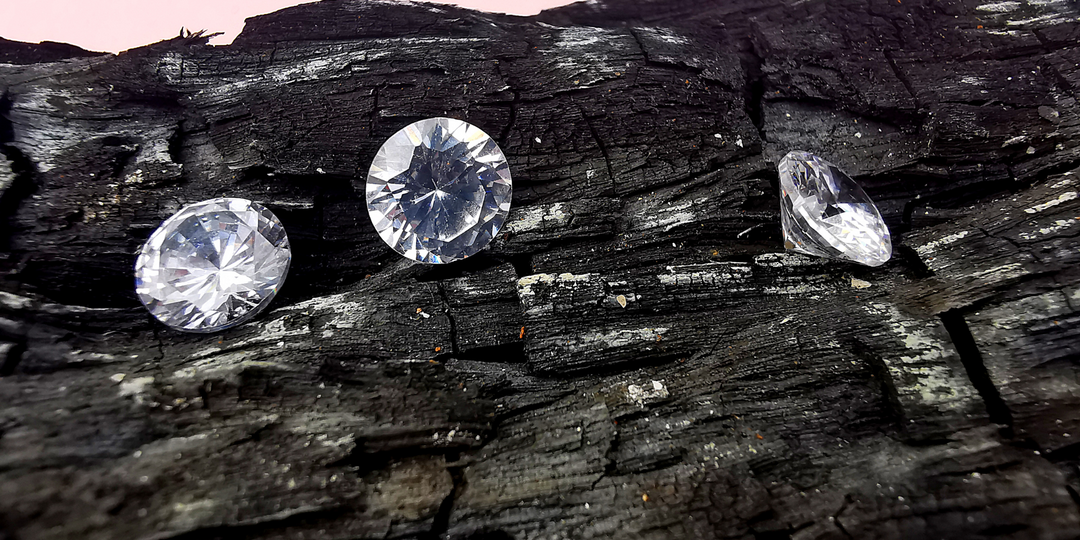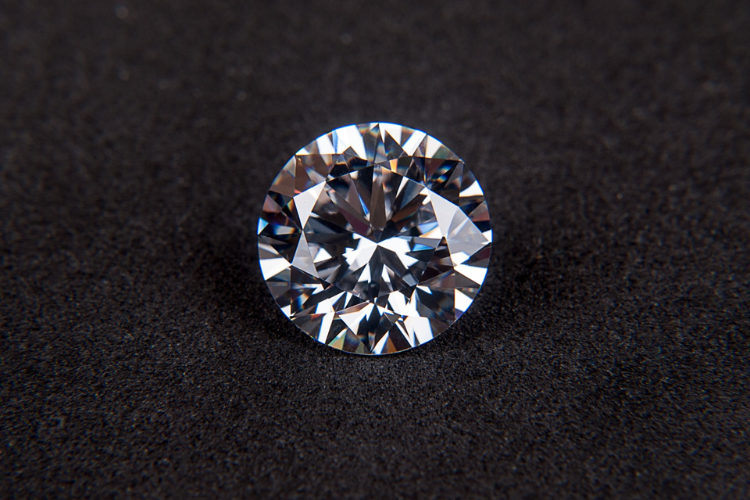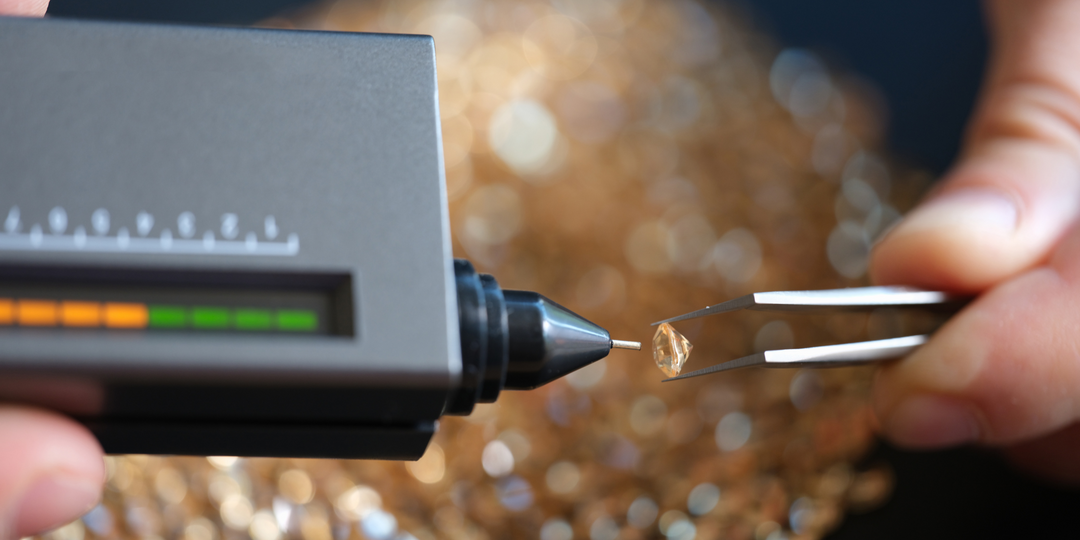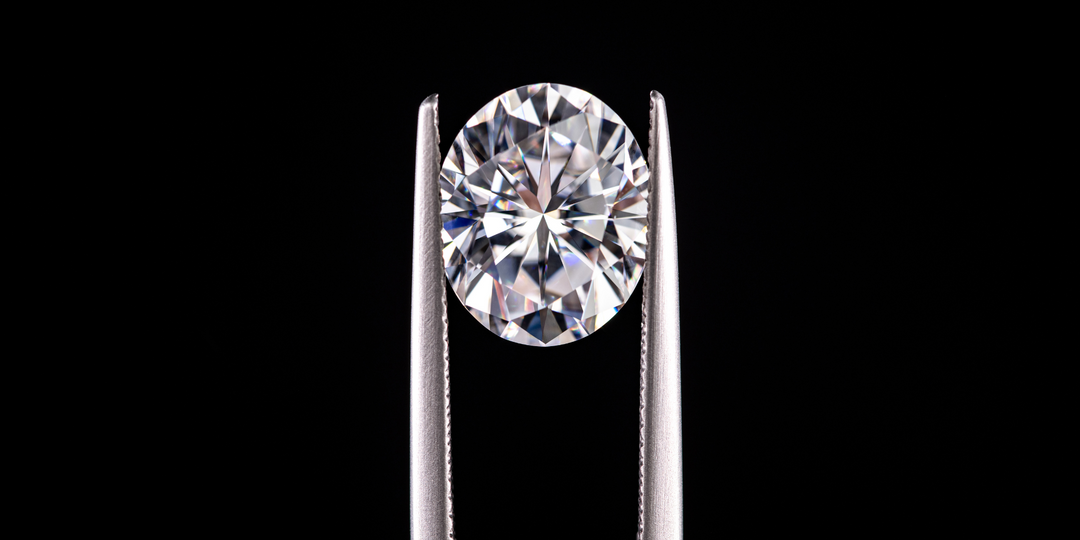Vintage Vs. Modern Engagement Rings: How to Pick the Right Style
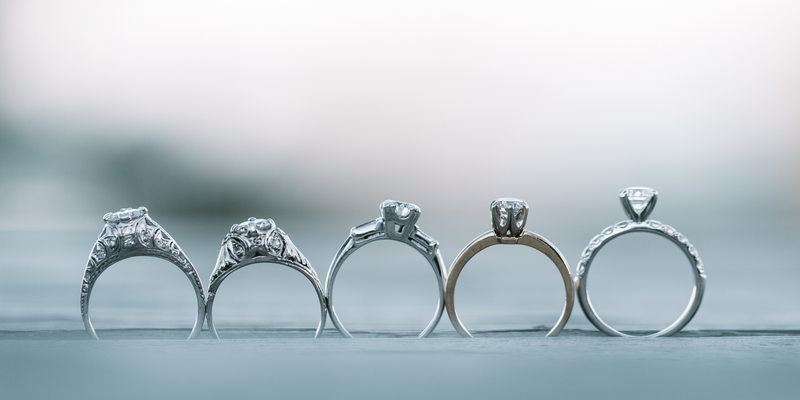
Selecting an engagement ring isn’t just about the sparkle; it’s about finding a design that narrates your story beautifully. Do you prefer the romance of yesteryear or the novelty of now? We’re breaking down the great debate of vintage versus modern engagement rings to help you make an informed choice when selecting the ideal ring for your relationship. After reading this blog, you’ll walk away with actionable advice and inspiration that will make your choice a bit simpler.
What Defines a Vintage Engagement Ring?
In U.S. estate and trade usage, vintage generally refers to jewelry that is at least a few decades old (commonly 20-50+ years; many dealers bracket 1920s-1970s design eras under “vintage”), while antique typically means 100 years old or more(Estate Diamond Jewelry's Jewelers). For shoppers comparing vintage vs modern aesthetics, understanding how the trade draws these age lines keeps expectations realistic.
When assessing older rings, look for period construction details (hand-cut stones, milgrain edges, filigree, hand engraving) and for metal quality or fineness stamps inside the shank. Age-consistent workmanship and hallmarks can support authenticity, but remember that U.S. law regulates quality markings. If a precious-metal fineness mark is used, it must be accurate and accompanied by a registered trademark under the National Gold & Silver Stamping Act and related FTC Jewelry Guides(Federal Trade Commission).
What Makes a Ring Modern?
For practical shopping purposes, call a ring modern or think of it as a modern engagement ring, when it reflects post-2010 design/manufacturing norms. These include widespread CAD/CAM design, precision casting, micro-pavé techniques, and the ready availability of lab grown diamonds at scale. Large online retailers list extensive, searchable lab grown diamond inventories (recent review data counted 52,000+ lab grown stones live on some of the large sites; other independent reviews confirm tens of thousands available), with 360° imagery and grading reports to support remote buying(Top Consumer Reviews).
Comparing Vintage and Modern Engagement Rings
Use the checkpoints below if you’re weighing a family heirloom against a new build or browsing images for engagement ring inspiration.
- Durability & Metals: Older white-gold alloys (often nickel-whitened and rhodium plated) can show wear, stress corrosion, and metal loss over decades; prong retipping is common maintenance. By contrast, modern platinum alloys (e.g., 950 Pt/Ru, Pt/Ir) displace rather than lose metal when abraded and are favored where long-term stone security is a priority, though they carry higher initial cost and weight. That trade-off often matters when choosing between heirloom pieces and modern style diamond rings crafted for everyday wear.
- Stone Security & Setting Style: Heavy prongs, bezels, and protective galleries typical of many pre-midcentury mounts give stones more metal coverage. The contemporary minimal or ultra-thin shanks and micro-pavé reduce metal mass, increasing the importance of precise construction and regular inspection to prevent loosening. This is a common tipping point in the vintage vs modern decision. Although older settings may look heavier, they can better shield stones. Care experts warn that thin or delicate bands and pavé heads are more vulnerable to bending, wear, and stone loss under active use.
- Sourcing & Ethics: Modern shoppers also weigh mined vs. lab grown vs. recycled/vintage stones. Lab grown diamonds are chemically identical to mined stones and are often promoted for price and ethical appeal. However, energy inputs and sustainability claims vary widely by producer; transparency differs across the market. When people ask what are timeless engagement rings, experts often point to vintage pieces; proof that reusing existing metals and stones helps their beauty endure.
- Cost Trajectory: Retail pricing for lab grown diamonds has fallen sharply as supply has expanded. Industry analysts note significant multi-year price compression and changing retailer margins, while consumer-facing guides show that lab grown options routinely undercut mined equivalents.
- Serviceability: White gold generally needs periodic rhodium replating to maintain a bright-white surface and may require prong maintenance as metal wears away. Whereas platinum holds stones securely because it tends to move rather than abrade, though it develops a patina that some owners polish and others embrace. Thin shanks, popular in many modern styles, can bend and may need reinforcement sooner when used as daily wear.
Test before you choose. Sign up for a virtual style appointment with a CaratBee jewelry expert and see the heirloom-inspired and expertly handcrafted designs side-by-side.
Pros and Cons of Modern Engagement Rings
- Design Flexibility: CAD driven manufacturing allows buyers to customize head height, width, and geometry. This customization supports a wide range of designs, from classic solitaires to low-profile bezels and east-west orientations. That freedom lets you translate Pinterest boards or other engagement ring inspiration into a custom CAD file.
- Ethical / Environmental Positioning: Lab grown, recycled, and mixed-metal builds are increasingly used to align purchases with environmental or sourcing values. However, regulators caution that “eco-friendly” claims must be substantiated, and journalists have documented uneven energy sourcing in the lab grown supply chain.
- Lower Entry Price (vs. Mined): Current online pricing shows 1 CT lab grown diamonds from major e-tailers, frequently available in the $1,000-$1,500+ range. Depending on the specifications, prices can fall far below those of comparable quality mined stones. Some market analyses even cite lower promotional averages during certain periods. (Lab Diamonds Review, Top Consumer Reviews)
- Maintenance Considerations: Delicate micro-pavé, knife-edge, and ultra-slim bands popular in recent years, can require more frequent checks to prevent bent shanks or lost melee. Experts advise removing such rings during workouts or other high-impact activities to reduce damage.
- Trend Risk: Highly distinctive silhouettes (e.g., ultra-thin bands, dramatic east-west mounts, asymmetry) can timestamp a piece to a particular design wave, whereas classic solitaire proportions remain perennial in trend roundups.
How to Choose the Right Style for You
- Match Design to Lifestyle: If you lead an active or hands-on life (fitness, healthcare, craft work), consider lower-profile bezels, sturdier shanks, or platinum heads that better shield stones from knocks. It is always advisable to remove your ring before any heavy activity if possible.
- Plan for Maintenance: Professional inspection helps catch worn prongs or loose stones before loss. GIA care guidance suggests having prongs checked about every six months. Many jewelers and insurance-oriented advisors echo semi-annual inspection and cleaning schedules. Staying on top of these checks preserves both heirloom classics and modern style diamond rings with delicate pavé.
- Verify Paperwork: Request an independent grading report (e.g., GIA, IGI) for any diamond, mined or lab grown diamond, and obtain an independent appraisal or valuation for vintage/estate pieces. Accurate disclosure of lab grown status and metal fineness is required under FTC Jewelry Guides and the National Gold & Silver Stamping Act; authentic documentation is crucial as it protects you at resale or for insurance. (Federal Trade Commission, Federal Trade Commission)
- Budget Honestly: In 2024, the average U.S. engagement ring spend dropped to about $5,200, down from $6,000 in 2021, with steady decreases each year. Although actual spending varies widely by couple, budget guides and retailer/insurer advisories stress aligning purchase price with overall financial comfort. (The Knot, dgeller.com, Vogue)
- Compare Both Looks in Person: According to trend reports, the classic solitaires are still very much in vogue, as well as more unique or Art Deco-inspired pieces. The act of trying on rings in natural light can help dispel any confusion regarding size, comfort, and preferences in terms of style. Seeing styles side by side often helps answer “what are timeless engagement rings” for you, by showing how each classic design looks in context.
- Hybrid Approach: Many buyers blend eras, mounting an heirloom stone into a new setting, to get the feel of timeless design with modern style diamond rings engineering, to balance sentiment, sustainability, and durability. Trade and trend coverage highlight growing interest in recycled stones and mixed-new/old builds as an ethical and stylistic choice.
Conclusion
Choosing between vintage character and modern precision is less about “better” and more about alignment with how you live, what you value (heritage, ethics, budget, maintenance), and how you want your ring to age. Accurate documentation, budget for periodic inspections, and try styles on your hand before finalizing. With informed choices, either path, or a thoughtfully combined hybrid can become the ultimate symbol of your story you’ll be glad to wear every day.
CaratBee brings you a wide array of stylish moissanite and lab grown engagement rings in stunning styles and shape. Moreover, we also design customized rings that bring your love story to life in the most special way. Explore old world heirloom treasures, contemporary masterworks, and bespoke hybrid constructions (bring your heirloom stone) without draining your wallet.



